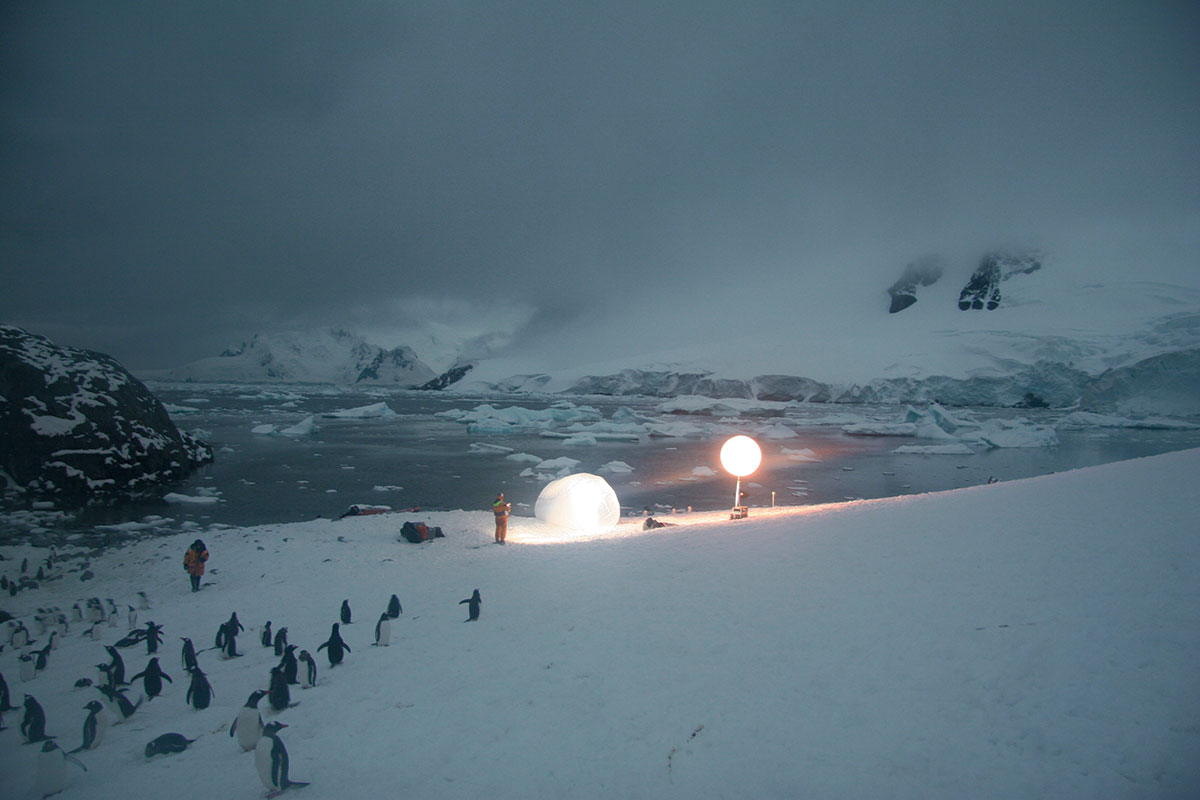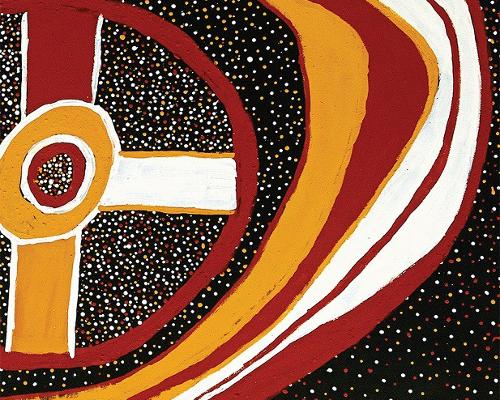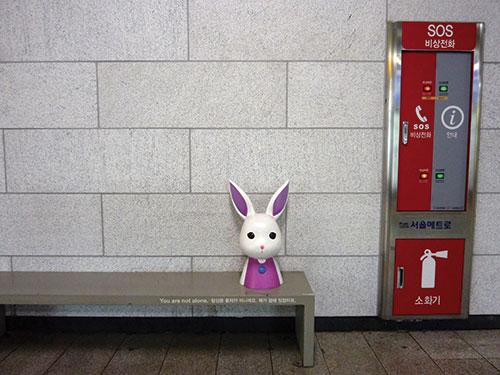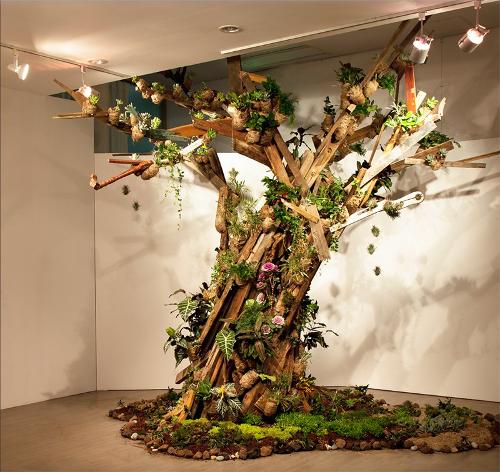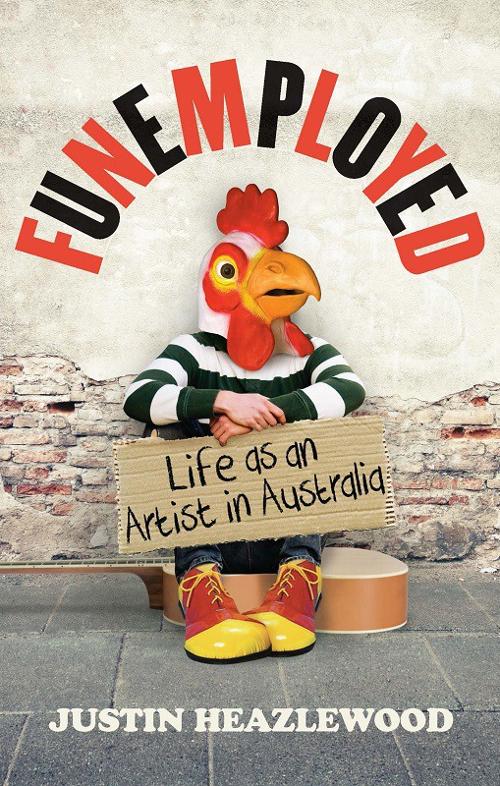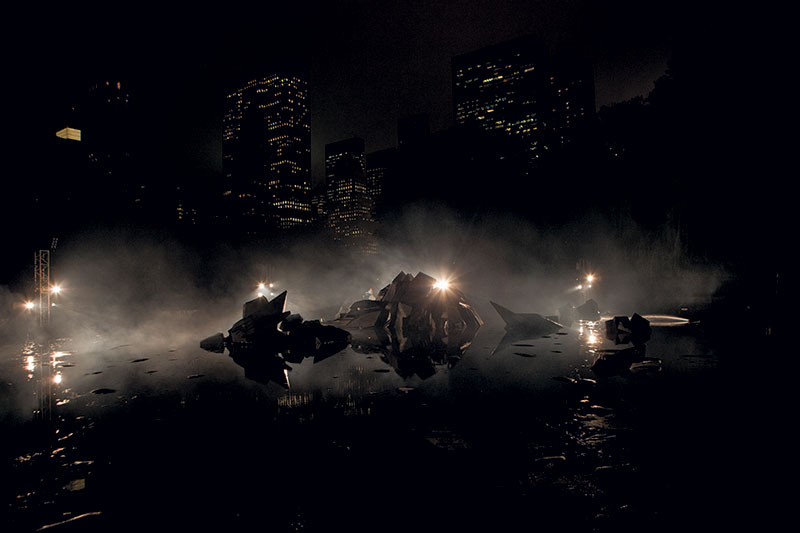
In Pierre Huyghe's molecular interspecies universe insects crawl through litterfall or lie fossilised in ancient tree resin, ice-covered mountains glow in moonlight after dusk, an albino penguin waddles across an Antarctic snowfield and thousands of ants invisibly occupy architectural interiors. With the exception of the ants (a colony of 10,000 installed behind the partition walls of Tarrawarra’s gallery spaces for Umwelt (2011), these subtle events occur in distant places, their microcosmic worlds captured cinematically through Huyghe’s camera lens and brought into luminous resolution.
In 2005 Huyghe travelled to Antarctica on a scientific expedition in search of a rare albino penguin and an unregistered island he laid claim to discover. Bringing unlikely pieces of equipment including an orb lamp and a plastic inflatable, Huyghe set up camp filming the icy landscape to make A Journey That Wasn’t (2005). Much of the footage was taken at nightfall and the transitions of natural light juxtaposed with lamplight imbue the scenes with an otherworldly wonder. The film alludes to a Romantic vision of the sublime; Caspar David Friedrich’s snow-clad mountain-scapes inevitably come to mind as does Edmund Burke’s renowned philosophical enquiry into the aesthetic category of the sublime. But unlike these 18th-century progenitors, Huyghe’s film does not offer an experience of heightened perception or the seductive intermingling of awe, beauty and terror. A Journey That Wasn’t has undeniable moments of beauty – the gently undulating waves of water blanketed with fracturing ice floes, and the film’s close attention to gradations of light – but its uneventful flatness – is ultimately deflationary.
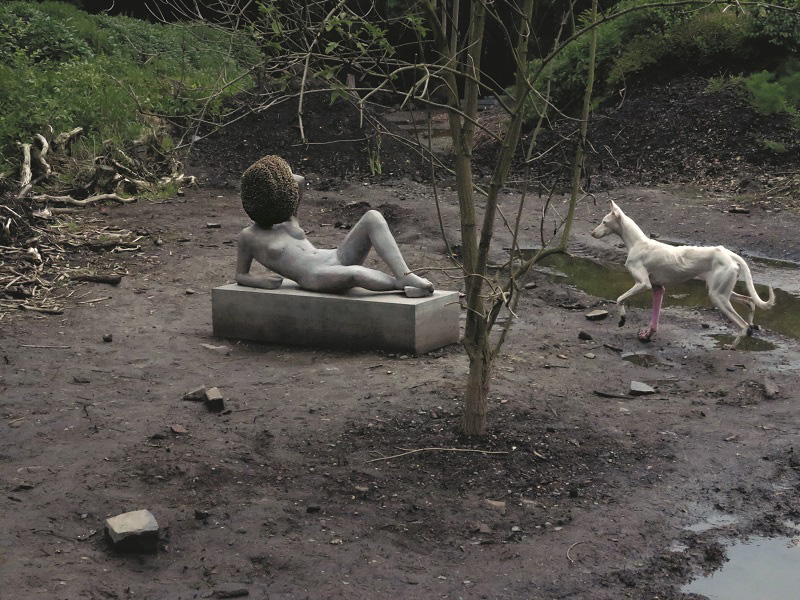
Untilled (2012) retreats from this glacial landscape, zooming in on a zone of vacant parkland in Kassel; terrain vague that Huyghe used to site his installation for Documenta 13 in 2012. Enigmatic and languid, this film shows the nocturnal wanderings of a white Ibiza hound (with a conspicuously pink-dyed front leg), roving between stacked concrete beams, muddy puddles and various medicinal and psychotropic plantings. The film is without narrative, the camera intermittently cutting from the wiry body of the hound to birds alighting on flowers, slugs burrowing in leaf litter or protozoa in pond water. It deploys the filmic language of a nature documentary made suspenseful through unexplained changes of focus, yet its most compelling image is of a reclining female statue whose entire head is engulfed by a writhing beehive. A trail of bees wending across the figure’s torso is as disturbing as the ants that crawl over a man’s palm in Salvador Dali and Andre Breton’s notorious surrealist provocation, Un Chien Andalou (1929).
There is no doubt that Huyghe is able to track down wondrous quirks of nature: a 30-million-year-old fragment of amber encasing two copulating insects whose motionless drama is captured in De-Extinction (2014), or the giant 500,000 year-old selenite crystals of Crystal Cave (Sleeping) (2009). While these crystals discovered in a cave situated 300 metres below the Naica Mine in Mexico are truly extraordinary, Huyghe’s rendering of the mine as a 3D photo makes for an underwhelming experience. There is a kitsch element that fitfully enters Huyghe’s 2011–12work, most apparent in the vaporous frivolity of L’Expedition Scintillate, Act 2 (light show), (2002) whose puffs of smoke and pink and purple beams of light mock the mood of subtle beauty evident elsewhere. It’s as if the artist cannot quite reconcile himself to the wondrous beauty he is able to register; displaying an urge to undercut the radiance of the natural world that he simultaneously aspires to foreground. There is a recurring aimlessness to Huyghe’s works, a phlegmatic contingency that finally makes his cosmos both sumptuous and banal.
.jpg)

